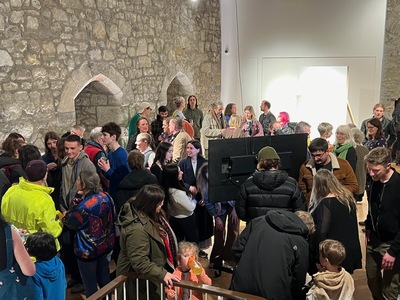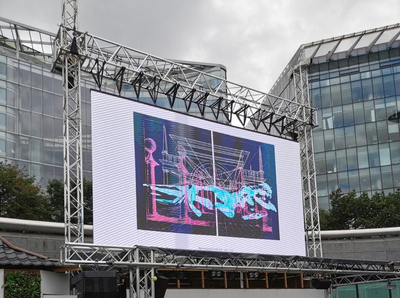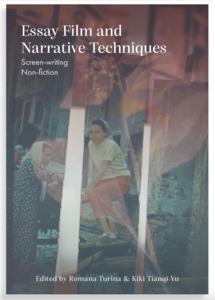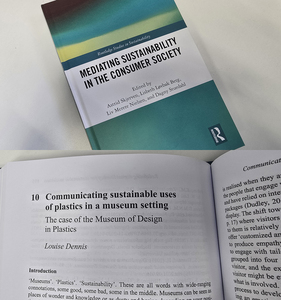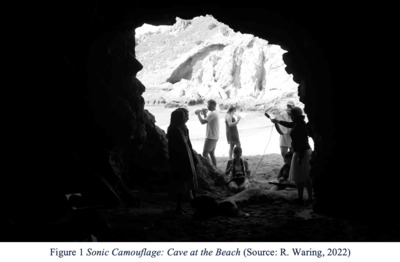I want to explore the potency of gardens, trees and flowers to evoke and stimulate memory. I would like to
start with two opposing provocations about nature as a place of commemoration: the first provocation which forms the opening section of my talk today is framed in the diction of protest. It contests the notion that the garden is a place of rest and repose; a view expressed so provocatively by Scottish artist Ian Hamilton Finlay who asks why should certain gardens be described as retreats when in fact they are really attacks. To do so, I’ll briefly draw on some notions of horticountercultural politics, which can best be presented here through a number of visual images framed within the rhetoric of radical gardening.
The second section of my talk embraces the idea of the garden as a place of recovery, remembrance, even redemption. I will reflect on the huge enamel wreath, Flowers of War, made by my RMIT University colleagues and installed in the Shrine of Remembrance in Melbourne. This will offer an opportunity to offer some thoughts about the value of gardens as enclaves of a temporal peace, and I’ll also explore the idea of surrogate gardens through guerrilla tactics and the roadside floral tribute, which will also introduce the uncomfortable concept of ‘recreational grief’. So, I’ll be taking a rather binary approach; on the one hand the garden as attack, as place for dissent and intervention; on the other hand the land as memorialised space, with its manicured turf and strict taxonomy of plants. But my overarching question comes straight from writer-gardener Jamaica Kincaid who asks, ‘Why must people insist that the garden is a place of rest and repose, a place to forget the cares of the world, a place in which to distance yourself from the painful responsibility with being a human being?’
 |



 Lists
Lists Lists
Lists

![Cenotaph Feb 10.jpg [thumbnail of Cenotaph Feb 10.jpg]](https://research.aub.ac.uk/198/4.haslightboxThumbnailVersion/Cenotaph%20Feb%2010.jpg)
![Cenotaph Feb 10-3.jpg [thumbnail of Cenotaph Feb 10-3.jpg]](https://research.aub.ac.uk/198/5.haslightboxThumbnailVersion/Cenotaph%20Feb%2010-3.jpg)

